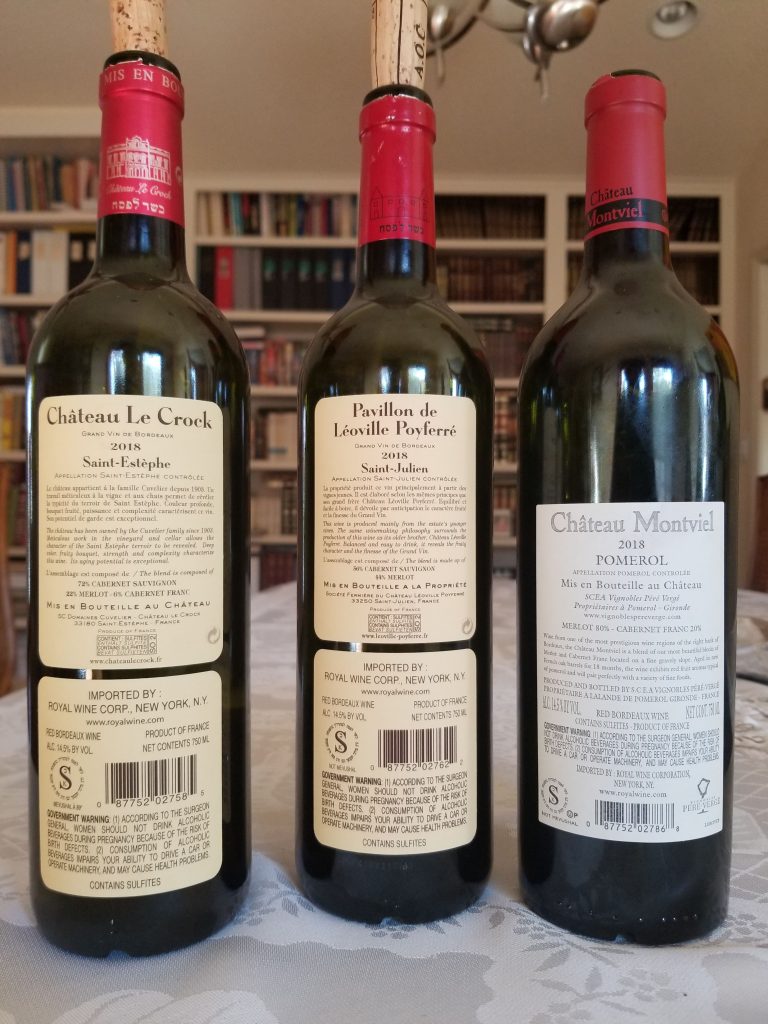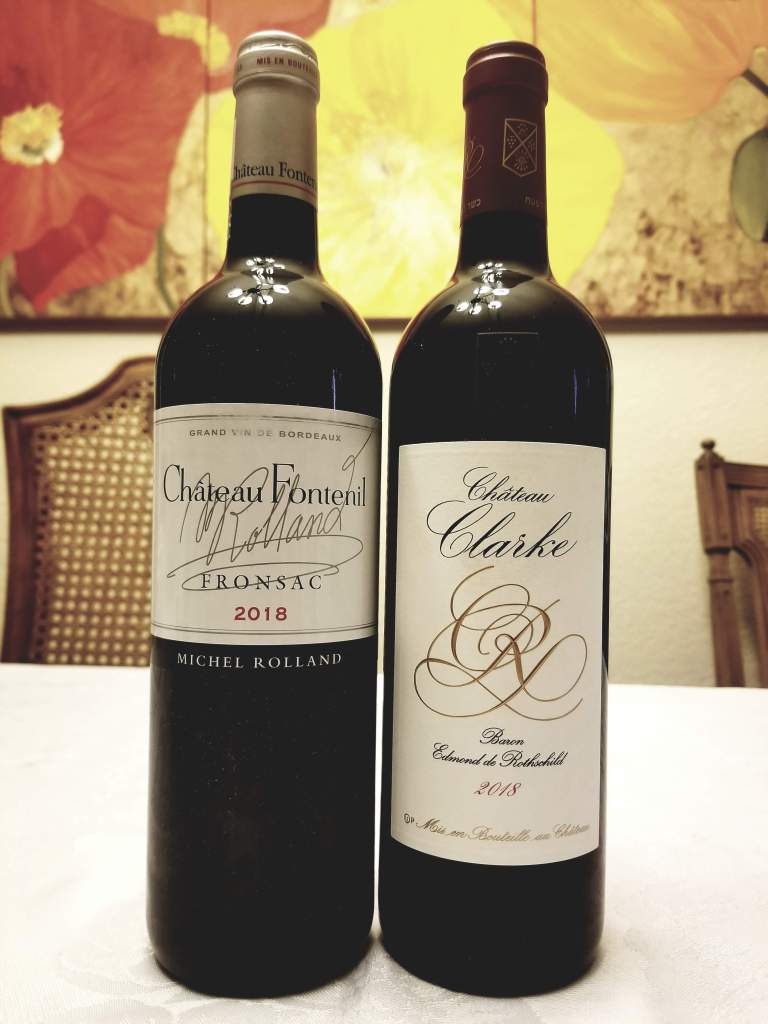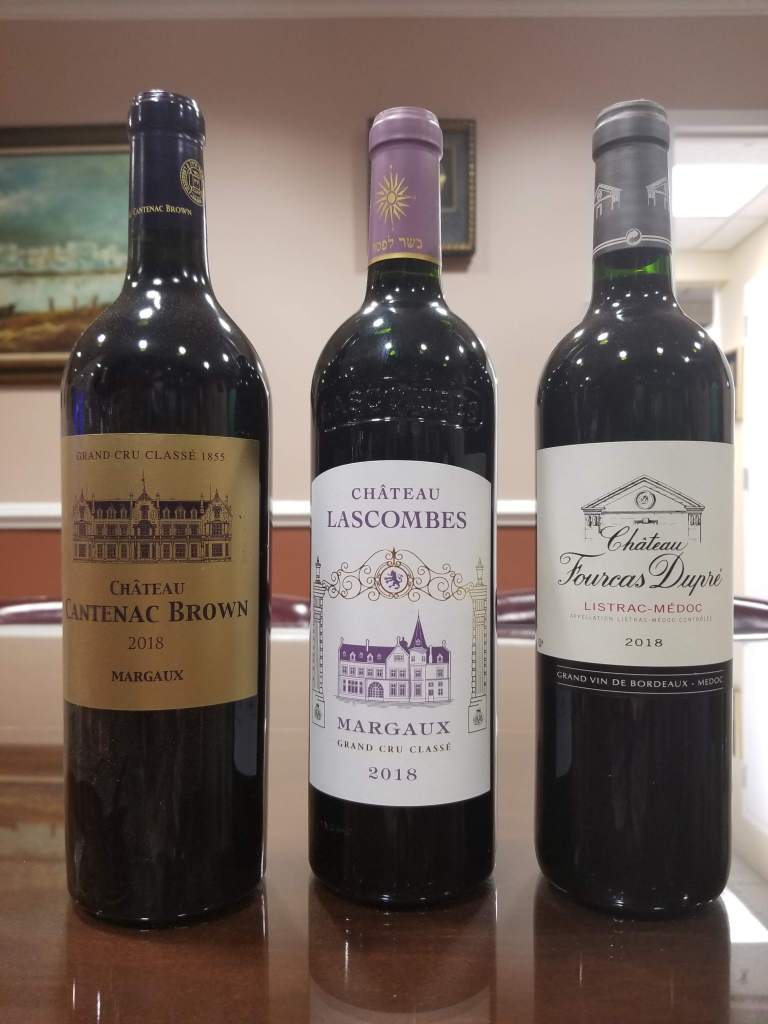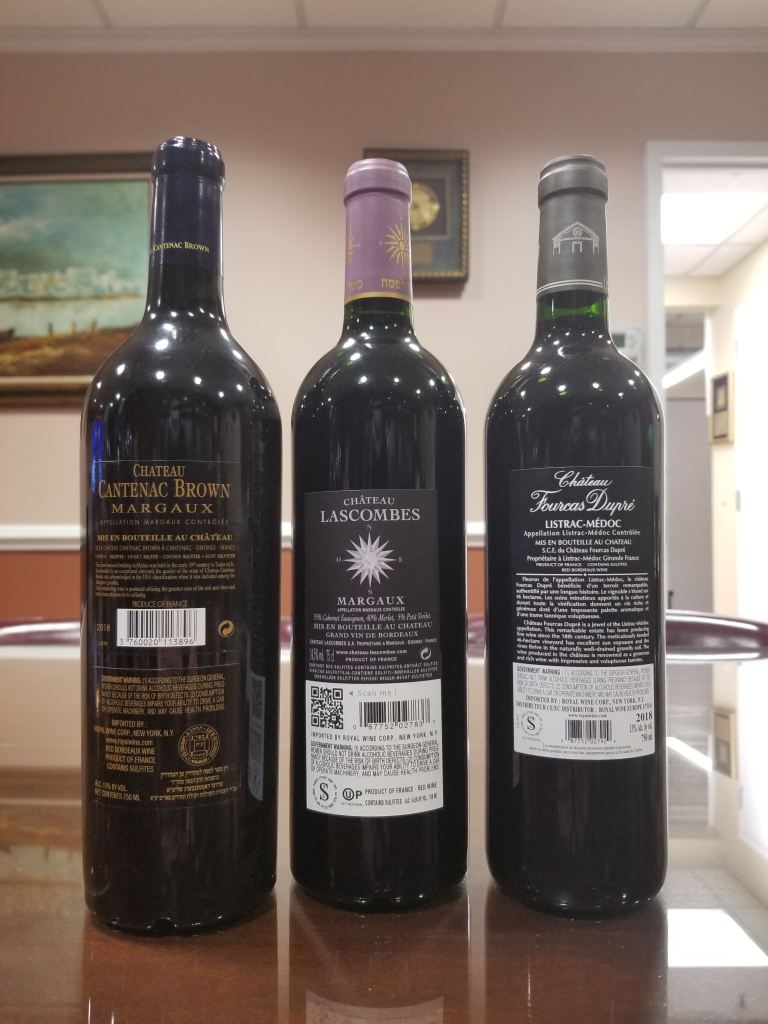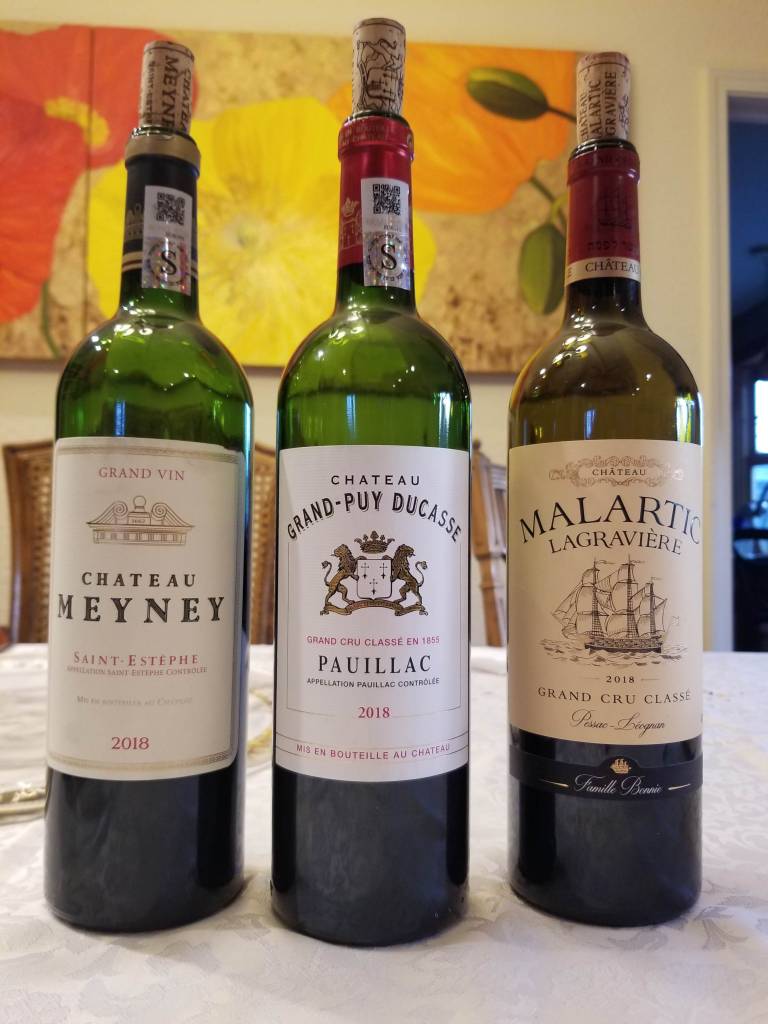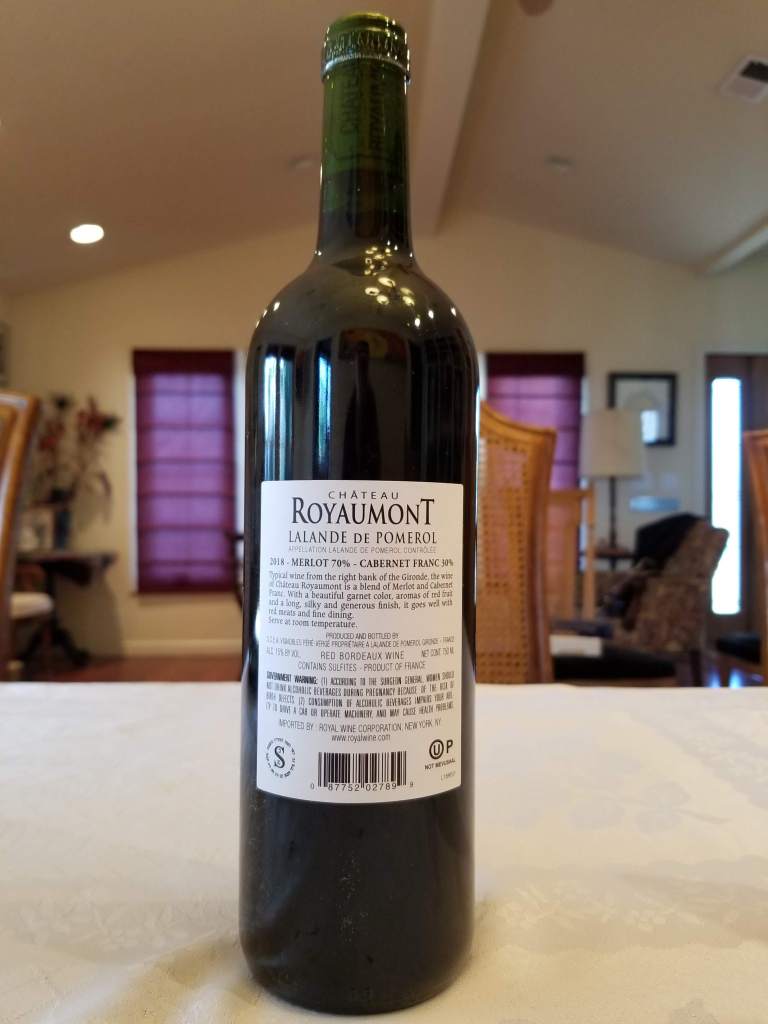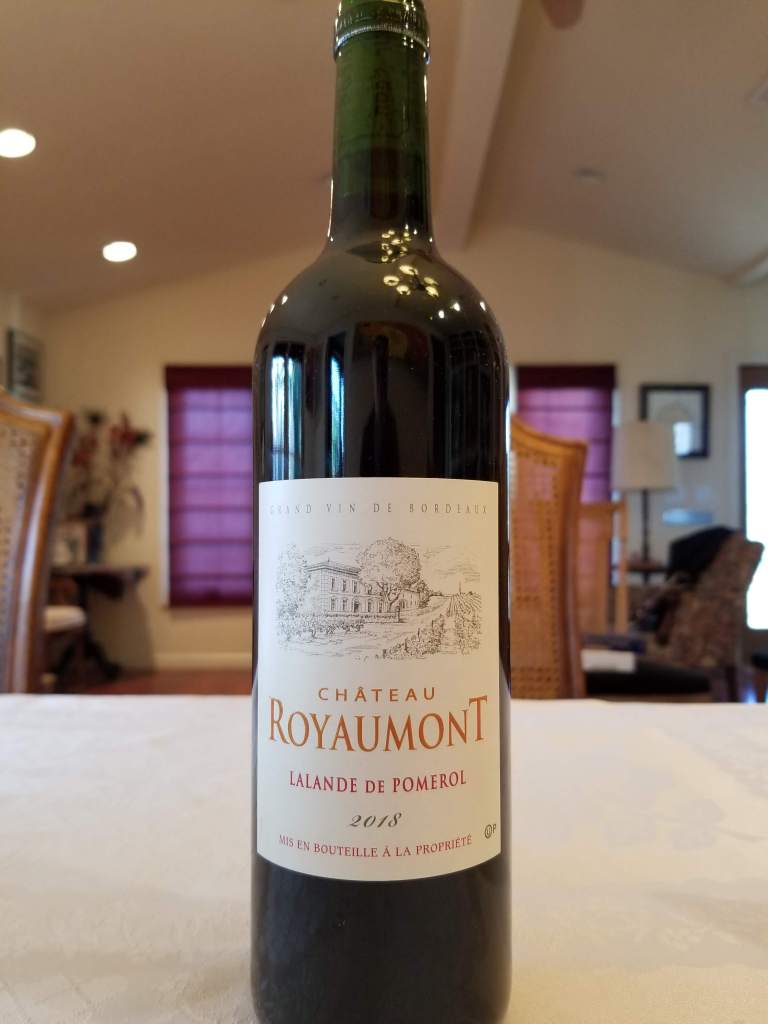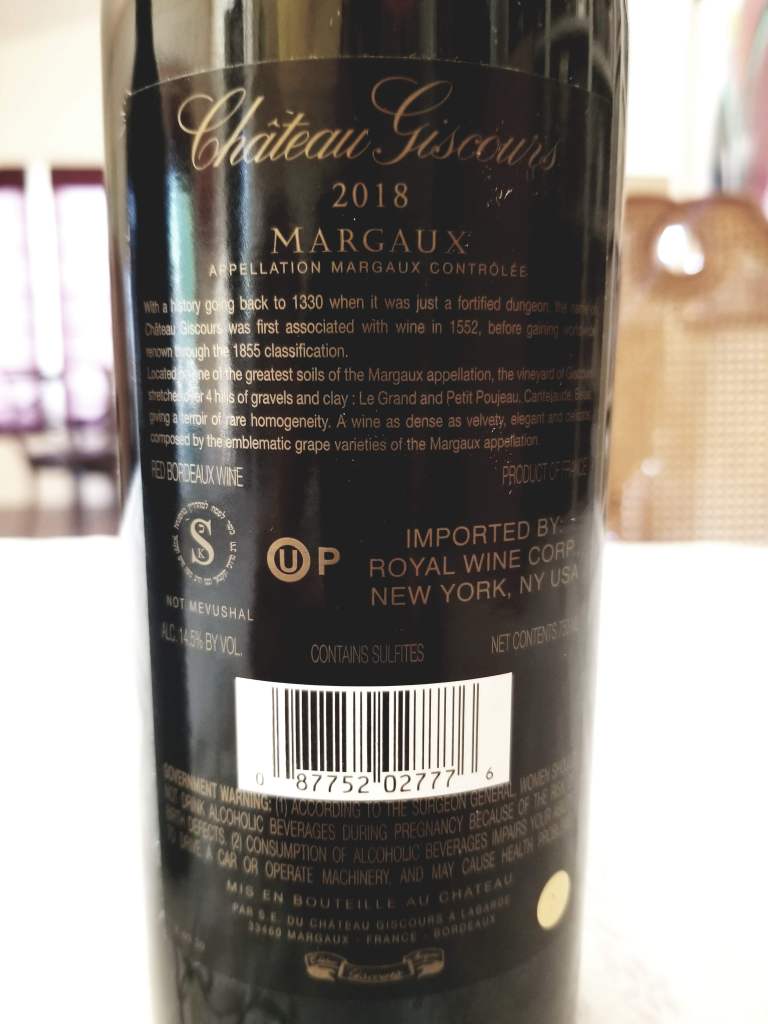Blog Archives
The Top and Best 34 QPR Kosher Wine WINNERS of 2024
In May 2020 I wanted to drive home the need for QPR (Quality to Price Ratio) wines. So I set out to create what I thought a QPR metric should be! Gone were arbitrary price ranges and such. Instead, I let the market define what the QPR price range should be. I did this by grouping the wines by their type (white, red, rose, sparkling, and dessert) and then further refined the grouping by age-ability within the white and red wines. This gave me the following groups:
- Drink “soon” White Wine (Simple whites)
- Rose Wine (always drink soon)
- Drink “soon” Red Wine (Simple reds)
- Mid-range aging Reds (4 to 11 years)
- High-end Red wines (11 and more years)
- High-end White wines (7 and more years)
- Sparkling Wine (No need here for extra differentiation)
- Dessert Wine
I then made the mistake of trying to create an Orange wine range/group – that was a HUGE mistake. Again, the wines themselves were not the issue, the issue revolved around trying to group such a small sample set into its group. They will go into their respective white wine category, next year.
Throughout the year, I posted many QPR posts, for almost all of the main categories. I will continue down this road until I find a better way to categorize and track wines that are QPR WINNERS. Talk about WINNERS, that secondary QPR score was a 2.1 revision to my QPR scoring, and that is explained in this post. All the wines listed here are QPR WINNERS from my tastings in 2023.
Let us discuss the approach
I have heard from a few of you. I do not understand your QPR (Quality to Price Ratio) scoring. So, let us take another shot at this! Every time a customer comes into a shop or goes online to buy kosher wine, they have a choice of a few thousand wines, online, or many hundreds in a store. The question is how does a buyer differentiate one wine from the next?
If they like Terra di Seta wines, as I do, and it costs 30 dollars, then he/she will compare other wines to that wine, in regards to the wine and the price. That is the same for any wine they like and any wine they are looking at buying. Price matters! Now, the real question is how can you compare two wines to each other. Any two wines in the world of kosher wines? What characteristics can you use to compare them?
Let us say they like the 2022 Elvi Wines Clos Mesorah. It is a red wine from Montsant, Spain. OK, what other wine can you compare with it? You can compare other Montsant kosher wines, like the Cellar Capcanes wines. However, the Cellar Capcanes wines have an issue – they have been poor for many years! As the ratio states it is QUALITY to price! Quality is primary; once you have a good wine, you can compare it with similarly good wines.
OK, so we need equal or comparably equal quality and that is it??? So, let us say there exists a rose from Montsant that scores the same quality score as Clos Mesorah, are they comparable (by the way no such wine exists!)? What about a white wine – same? Can/should someone compare them? The answer is no, of course. People will compare similar items. OK, are we then forced to compare ONLY Montsant wines with Montsant wines? Of course not, that is NOT how people think. People will compare like-scored red wines with like-scored red wines. Further, there are literally SIX Monstant Kosher red wines on the market. How can one compare six wines to each other? It has no value.
So, the question remains how do we compare two wines? What criteria can we use to compare them? The first step is for us to agree that people will compare wines that are similar in style, but not in locale, region, or price. So what is that characteristic that they will use to compare two arbitrary kosher wines? Price IS NOT the answer.
So, let us recap – we have two similarly scored wines (AKA quality) but they are very different in many ways. Let us look at three of the wines below, two of which are from the greater Medoc region:
- 2022 Chateau d’Agassac Cru Bourgeois, Haut-Medoc – Score: 93+ (QPR: WINNER)
Drink until 2038 - 2022 Chateau Fourcas Dupre, Listrac-Medoc – Score: 93 (QPR: WINNER)
Drink from 2034 until 2040 - 2022 Chateau Royaumont, Lalande de Pomerol – Score: 93 (QPR: WINNER)
Drink from 2030 until 2038
These wines sell for between 38 dollars and 60 dollars. So, are these wines comparable? I would state they are, and further state that wine buyers compare them every time they read my lists and other lists that like these wines. Again, the primary requirement is quality – these all scored roughly the same quality score.
So, next, would you at least compare two Medoc wines to each other? The Chateau Fourcas Dupre and the Chateau d’Agassac? I would say yes for sure. Well, why is the Royaumont any different? Of course, they are very distinct wines, but in the end, what do oenophiles buy such wines for?? To store them and share them at a later date, meaning that wine buyers classify wines by regions, but ultimately they classify them by their ability to age gracefully or not! This means some wines age beautifully, and many will be good to enjoy in the coming years.
So, now you see the logic to the categories I use to compare wines – this is the list once again:
- Drink “soon” White Wine (Simple whites)
- Rose Wine (always drink soon)
- Drink “soon” Red Wine (Simple reds)
- Mid-range aging Reds (4 to 11 years)
- High-end Red wines (11 and more years)
- High-end White wines (7 and more years)
- Sparkling Wine (No need here for extra differentiation)
- Dessert Wine
Essentially, ignoring sparkling, rose, and dessert wines, there is white wine and red wine. Each of those two major categories is broken into their age-ability. Red wines have three age ranges while white wine has two. Then there are the other three aforementioned groups, rose, sparkling, and dessert wines.
Once you have scored a wine – IRRELEVANT to the price – this is KEY, you must place that wine into one of the 8 categories listed above. Once you have done that, any wine in that category is available for comparison. Using the median approach, wines are stacked and ranked by their price, within that category, and some rise above others, by having an equal or better quality for a lower or equal price. Please read more about this here and here.
The Summary
Before we get to the list of the best QPR wines for this past year, I wanted to give you some raw stats. I tasted more than 1200 wines this past year. In actuality, it is probably far more, I just did NOT care to write notes on hundreds more because all it would have said was NO. I made sure to taste all the Israeli wines at three KFWE, and while some were worthy of notes, none garnered these scores. The pain was all I remember. In the end, 188 wines were scored with a QPR score of WINNER, for the blog year 2024.
I have stated it over and over again now, there is no way we can buy all the good wines out there unless you have a local warehouse to store them and you drink two or more bottles a day. That is the excellent news about Kosher Wine today! I hope we have not yet hit peak QPR WINNER Wine.
This year, the list came to a total of 34 names, and none had to dip below 93 in the scores, which is a large number and better scores overall than last year, but again, the pool from where they are culled continues to grow, and the diamonds in the rough are getting harder and harder to find. This year, there are 34 or so QPR WINNERS who scored 93 this year but not in a single area.
The 4 regions that encompass the 34 WINNERS are in order of size, France (27), Spain (4), USA (2), and Hungary (1). Within France, it is not all Bordeaux! There are wines from Bordeaux, Burgundy, and Chateauneuf du Pape.
Of the 34 WINNER, 4 of them are white, 28 are red, and 2 are sweet. However, at the lower price and quality QPR WINNERS (think 20 dollars 91 scoring wines), you will find that white wines are the majority!
This year we have 9 wines that are a WINNER in Europe and the rest of the world and NOT in the USA.
- The 2020 Chateau Haut Brisson) is because of pricing here in the USA.
- The 2023 Domaine Raymond Usseglio & Fils Chateauneuf du Pape, Blanc is not the same here in the USA as it is in Europe. I have no idea what happened to it but the quality is vastly different.
- The 2021 Tokaj-Hetszolo Tokaji Aszu 6 Puttonyos is because of pricing here in the USA.
- The 2020 Chateau Haut Brisson is because of pricing here in the USA.
- The 2022 Chateau Royaumont is because the wine is Mevushal here and not as good, though still a WINNER, but not at the same quality.
- The 2022 Les Roches De Yon-Figeac is because the wine is Mevushal here and not as good.
- The 2022 Chateau Gazin Rocquencourt is because the wine is Mevushal here and not as good.
- The 2022 Chevalier de Lascombes is because the wine is Mevushal here and not as good.
- The 2022 Château Olivier Grand Cru Classe is because of pricing here in the USA.
- The 2022 Chateau Haut-Marbuzet is not available at all here in the USA.
Sadly, there were no new Sparkling or Rose wines to make it to the score of 93 and to meet its counterpart pricing. To me this is a HUGE issue in the kosher wine market! The kosher wine market has lifted up one of the previous sad wine categories, white wine! Which is HUGE! Sadly, we have not moved from there. We have a dominating red and white kosher wine scene. What is lacking sorely, is quality, sparkling wines! The rose wines will never reach the upper echelons, at least in the Kosher wine markets! However, there is actual demand for sparkling wines, and sadly, the products being sold are nice, but the prices are too high, or the quality is too low.
Maybe, Avi Davidowitz, from Kosher Wine Unfiltered, can create a list like that for Israel, this year, a bunch of wines became available there, and a proper QPR list would be worthwhile!
The wines on the list this year are all available here in the USA, and in Europe, and a few can be found in Israel, as well. The wine notes follow below – the explanation of my “scores” can be found here and the explanation for QPR scores can be found here:
2022 Elvi Wines Clos Mesorah Garnatxa, Montsant – Score: 95 (QPR: WINNER)
The nose of this wine is lovely. It pops with intense brightness, followed by a massive attack of ripe but controlled fruit, dense minerality, rich salinity, intense graphite, lovely cloves, cinnamon, warm spices, loam, dirt, earth, lovely raspberry, strawberry, and ripe/bright red berries. WOW! With time, the wine becomes even more complex, showing floral notes, ripe fruit, and lovely sweet spices. Bravo!
The mouth of this medium-bodied wine is so elegant, complex, and singular in grape, and there is nowhere to hide in this bottle; it is complex, lithe, rich, and layered but intensely refreshing. This wine is the Pinot Noir of the Rhone and Spain; there is nowhere to hide, and yet the wine is so impressive. This wine is pure black magic; it is ripe, lithe, tart, acidic, elegant, and dirty, all in the same glass, and yet this is a wine that does not exist in Kosher. Sure, there are lovely blends, but a wine this ripe that is also elegant, lithe, and smoky, you want to drink it all!
The mouth is lovely, ripe, layered, elegant, and toasty, with sweet spices, lovely raspberry, and strawberry, nice umami, really fun, expressive, and captivating; it is so unique and special, with umami, and mouth-drawing elegance, WOW! Bravo! The finish is long, dirty, earthy, smoky, and umami-dense, with great graphite and ripe, mouth-draining tannin. Dirt, minerality, graphite, ripe and tart red fruit, and intense acidity linger long. Drink from 2030 until 2036. (tasted December 2024) (in Clos Mesorah, Spain) (ABV = 15%)
My top 25 kosher wines of 2017 including wine of the year and best wine of the year awards
I wanted to make this post short and sweet – so the criteria are simple I could care less about price, color, or where it was made. All that matters is that it is/was available this year sometime to the public at large and that I tasted it in a reliable environment, not just at a tasting, and that it was scored an A- to A or higher. Also, there are a few lower scoring wines here because of their uniqueness or really good QPR. I also included some of the best wines I tasted this year – they are at the bottom.
This year I am adding the “wine of the year”, and “best wine of the year”. Wine of the year will go to a wine that distinguished itself in ways that are beyond the normal. It needs to be a wine that is easily available, incredible in style and flavor, and it needs to be reasonable in price. It may be the QPR wine of the year or sometimes it will be a wine that so distinguished itself for other reasons. This year, it is not the QPR King of 2017, that went to the 2016 Chateau Les Riganes. No, this year “the wine of the year” is indeed a QPR superstar, but not the king, it is the 2014 Herzog Cabernet Sauvignon, Special Reserve, Alexander Valley. The best wine of the year, well that was easy, it is the 2015 Chateau Leoville Poyferre. So, yes, that means that the top wines of the year are both made by Royal wines, such is life, and I could care less for the most part.
Again, the list is missing wines I have yet to taste, like the 2015 Chateau Pape Clement, which I am sure would have been on this list if I had tasted it, or the 2015 Hajdu Proprietary Red. There are also interesting wines below the wines of the year, think of them as runner-up wines of the year. There will be no rose wines on the list this year – blame that on the poor crop or rose wines overall, they did not even crack the interesting list. Also, this year, we were given a bounty of top wines and finding the list this year was really a task of removing then adding.
The supreme bounty comes from the fact that Royal released the 2014 and 2015 French Grand Vin wines within the same year! The 2014 vintage wines were released in 2017 and the 2015 wines were released (in France in 2017 as well)! Throw in the incredible number of kosher European wines that are coming to the USA and being sold in Europe and this was truly a year of bounty for European kosher wines.
Now, separately, I love red wines, but white wines – done correctly, are a whole other story! Sadly, in regards to whites all we had this year that were exceptional, were epic Rieslings from Germany (Von Hovel) and the fantastic sweet wines from Sauterne and Yaacov Oryah. But dry white wines from elsewhere in the world was sadly lacking. There were a few exceptions, and they were all Chardonnays, but to me, the winner in that story (dry white wine that was not a German Riesling), was the 2015 Herzog Chardonnay, Reserve, Russian River. It does not rate in the wine of the year list, but it is in the interesting wines below. The new Chablis is also nice, as is the Shirah Whites.
Some of these wines are available in the USA, some only in Europe, and a few only available in Israel.
Finally, some of these wines are hard to find and they may have different siblings – but they are worth the effort. The wine notes follow below – the explanation of my “scores” can be found here:
The 2017 kosher wine of the year!
This one was a no-brainer to me. The 2014 Herzog Cabernet Sauvignon, Special Reserve, Alexander Valley is a crazily affordable wine that got rave reviews from me and from the press. Congratulations to Herzog Winery and Royal Wines.
2014 Herzog Cabernet Sauvignon, Special Reserve, Alexander Valley – Score: 92 to 93 (QPR Superstar)
Lovely nose, impressive elegant and old world nose, peaking with a blackcurrant showing blackberry and lovely smoke and tar. The mouth is old world, wow, give me a break, in ways the wine is crazy better than the Warneke (Special Edition), but with years the Warneke will pass it. The mouth on this medium body, is great layered and rich, green, spicy, and rich with concentration, with sweet oak and sweet dill galore, with green notes, loads of foliage, showing dried strawberry, ripe raspberry, black forest berry, all wrapped in mouth coating and drying tannin, with earth and spice. The finish is long, and richly green, with nice spicy notes, leather and scraping mineral, showing bright and ripe fruit that is impressive, elegant, rich, and layered, with licorice, graphite, and forest floor that lingers long. Bravo!! Drink from 2020 till 2030.
The 2017 best kosher wine of the year!
This one was really tough. First of all, the one I chose is not available yet for purchase in the USA. Also, in terms of score, it did not beat out the Von Hovel Rieslings of 2014 or the 2014 Tour Blanche Sauternes, or the 2015 Chateau Giscours, or the 2014 Chateau Smith Haute Lafitte. In the end – for its sheer awesomeness it beat out a very crowded field. In the end, the winner of the BEST kosher wine of 2017 goes to the 2015 Chateau Leoville Poyferre, and it deserves the crown – bravo!!
2015 Chateau Leoville Poyferre – Score: 95
This wine was very close to what we tasted from the barrel. The nose on this wine is rich and black, with floral hints, smoke, mineral, and really pushed for now, but incredible and redolent with a perfume of ripe fruit, chocolate, and green notes. The mouth is rich and layered with an incredible finesse of perfection, richly extracted and incredible with rich mineral and saline that is so perfectly hedonistic it is impressive, with chocolate heaven, showing earth, loam, finesse, and elegance beyond explanation, showing soft yet focused with a tight-mouthfeel, with rich raspberry, blackberry, ripe plum, all focused and concentrated with perfection. The finish is long and rich and paired with an acid and mineral that is never-ending, almost ripe and tart at the same time, with draping tannin, graphite, and charcoal with expressive and focus. Drink from 2022 to 2040.
Rest of the top 25 kosher wines of 2017
2015 Chateau Grand Puy Ducasse – Score: 94
This wine was very close to what we tasted from the barrel. What a nose, this wine is mostly Cabernet Sauvignon and a drop of merlot. This nose is green and red and really mineral focused with dark but red fruit focused, showing lovely elegance, dirt, and herb. The mouth is medium bodied with rich extraction, rich currant, red fruit, with dirt in the background, wrapped in rich and searcing tannin mouthfeel, with roasted herb, and rich tobacco that is backed by elegance and control, blackberry, plum, that gives way to dark chocolate epic control, foliage, and oregano that lingers long with graphite, pencil shavings, and rich leather. Drink from 2024 to 2034
2015 Chateau Giscours – Score: 95
This wine was very close to what we tasted from the barrel. The nose on this lovely wine is super dry, with more of a classic Bordeaux nose, less ripe than some of the previous wines, with the ever classic blueberry notes of Giscours, with black and red fruit galore backed by roasted herb, rich mineral, and lovely saline. The mouth is rich, incredible, massive, full-bodied and incredibly extracted with rich saline, with layers of unstoppable concentrated fruit, with blackberry, raspberry, with blueberry, rich spice, mushroom, and herb. The finish is never ending with green notes, roasted herb, incredible drying tannin, with a deep fruit base followed by the mineral, black fruit, earth, graphite, and rich spice, cloves, and dark chocolate. BRAVO! Drink from 2023 to 2035
2015 Chateau Lascombes – Score: 94.
WOW, how this wine changed from when we tasted it in the barrel. This wine is a blend of 50% Cabernet Sauvignon, 46% Merlot, and 3 to 4% Petit Verdot. It is the flagship wine of Chateau Lascombes. The nose on this wine is even crazier than the Chevalier, showing more umami and soy sauce if that is possible, with incredible finesse, showing massive power, but great mineral and concentration, with black and red fruit, foliage galore with tar and roasted animal. The mouth is full bodied and incredible with the same style as the Chevalier, but with more finesse, mouth coating soft tannin that is extracted with blue fruit, earth, rich concentration, with more saline and power, yet showing incredible precision that is coating and impressive. The finish is long and lovely, with saline, mineral, tobacco, refined dark chocolate, and rich mushroom. Incredible! Drink from 2022 to 2032. Read the rest of this entry






